Table of Contents
I. Understanding the Foundations of Mixology
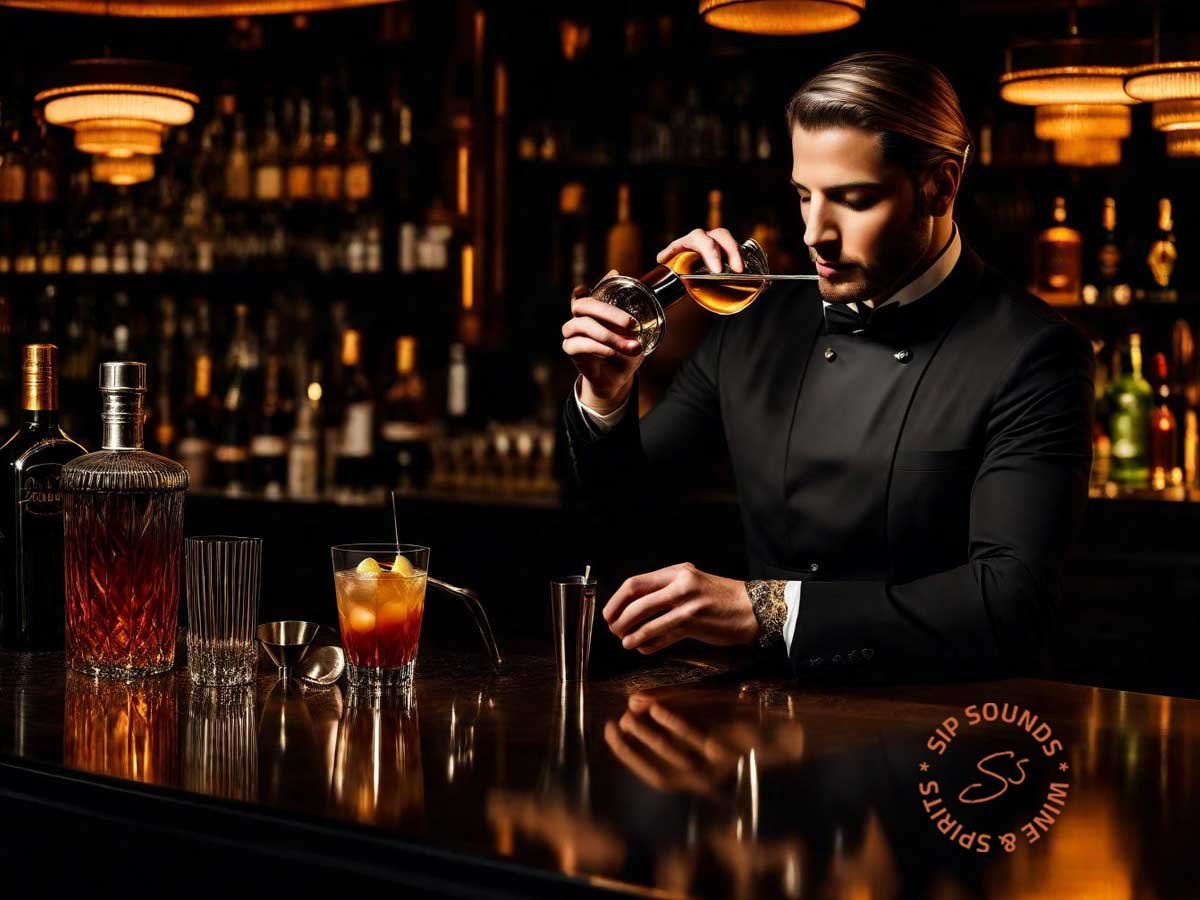
1.1 The Evolution of Mixology: A Brief History
Mixology, the art of crafting exquisite cocktails, has a fascinating history that spans centuries. In order to truly understand and appreciate the craft, it is important to explore its origins and how it has evolved over time.
Throughout history, mixology has been influenced by various cultures and individuals seeking to create unique and innovative drinks. From the ancient Egyptians and their love for fermented beverages to the Prohibition era in the United States, where hidden speakeasies popped up to satisfy the demand for cocktails, mixology has constantly evolved.
One significant milestone in mixology was the publication of the first known cocktail recipe book, “The Bon Vivant’s Companion” by Jerry Thomas in 1862. This book established the foundations of mixology as we know it today, showcasing the creativity and expertise required to craft exquisite cocktails.
Historical context has played a crucial role in shaping modern mixology. The availability of ingredients, the cultural influences on taste preferences, and even social and political movements have all contributed to the ever-changing landscape of mixology. As we dive deeper into the world of mixology, it becomes clear that understanding its past is essential in perfecting the craft in the present and future.
1.2 Exploring the Essential Bar Tools and Ingredients
To master the art of mixology, it is important to have a well-equipped home bar. Understanding the essential bar tools and ingredients is crucial for creating well-crafted cocktails with precision and flair.
When it comes to bar tools, there are a few must-haves that every aspiring mixologist should have. A cocktail shaker allows for thorough mixing and chilling of ingredients, while a mixing glass is ideal for stirring cocktails. Jiggers and measuring spoons ensure accurate measurements, essential for achieving the perfect balance of flavors. A muddler is another essential tool, used for extracting flavors from herbs, fruits, and other ingredients.
In addition to the tools, the selection of ingredients is paramount in mixology. Fresh fruits, herbs, and spices add complexity and depth to cocktails. Bitters, syrups, and liqueurs are also key components in many classic and contemporary recipes. High-quality spirits, such as whiskey, gin, and vodka, form the backbone of most cocktails and have a significant impact on their flavor profiles.
Understanding the role of each ingredient and having them readily available in your home bar will allow you to experiment and create a wide variety of delicious cocktails.
1.3 Mastering the Fundamentals of Mixology Techniques
Mixology is an art form that requires mastering a range of techniques to create well-balanced and visually appealing cocktails. Understanding the fundamentals of mixology techniques is essential for aspiring mixologists.
One of the first skills to master is the art of measuring and balancing ingredients. Precision is key when it comes to mixology, as even a slight variation in ratios can significantly alter the taste of a cocktail. Using jiggers or measuring spoons ensures consistency and accuracy in every drink.
Two primary techniques used in mixology are stirring and shaking. Stirring is preferred for cocktails that have a clear appearance and require a gentle mixing, while shaking is used to combine ingredients thoroughly and create a frothy texture. Muddling, on the other hand, involves gently pressing herbs, fruits, or other ingredients to release their flavors.
Layering and garnishing are the final touches that elevate a cocktail’s appearance and taste. Layering involves carefully pouring different densities of liquids to create distinct layers, while garnishing adds visual appeal and enhances the overall experience. From citrus twists to edible flowers, a well-placed garnish can add that extra touch of elegance to a cocktail.
By mastering these fundamental mixology techniques, you will be able to craft cocktails that impress both in taste and presentation.
II. Craftsmanship in Cocktail Creation
Crafting cocktails is an art that requires an understanding of taste profiles, innovative techniques, and the ability to unleash creativity. In this section, we will explore the art of flavor pairing, mixology innovations, and creating signature cocktails.
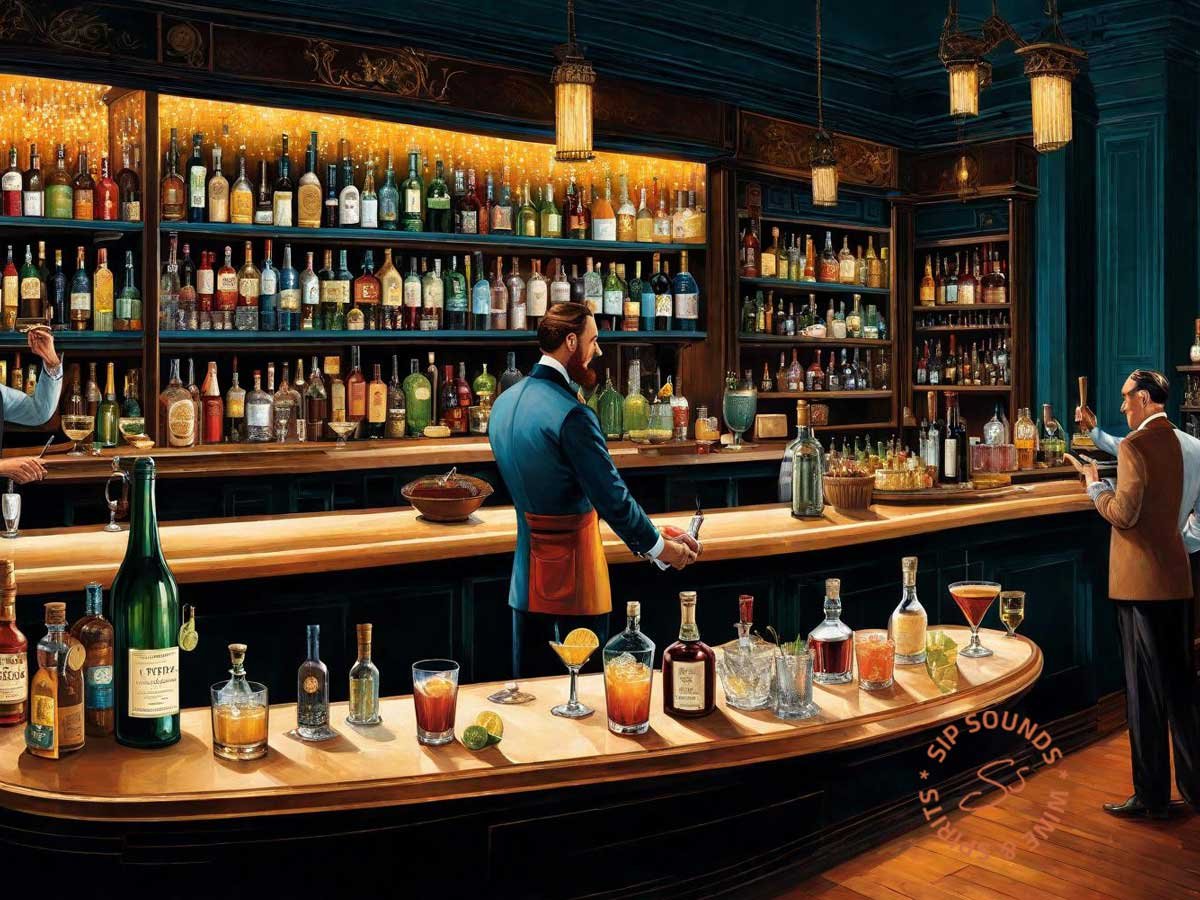
2.1 The Art of Flavor Pairing and Creating Balanced Cocktails
At the heart of mixology lies the art of flavor pairing and the creation of balanced cocktails. Understanding the components of taste and how to create harmonious flavor combinations is essential for crafting unforgettable drinks.
Taste is comprised of five primary components: sweet, sour, bitter, salty, and umami. A well-balanced cocktail takes into account these flavors and aims to create a delightful interplay between them. For example, a cocktail that balances sweetness with acidity and a hint of bitterness can create a complex and satisfying taste experience.
Creating balanced cocktails requires a deep understanding of the individual ingredients and how they interact with one another. Experimenting with different combinations and ratios is key to finding the perfect balance. The use of bitters, for instance, can add depth and complexity to a cocktail by balancing out the sweetness or enhancing the flavors of other ingredients.
Training your palate is essential for developing the skills needed to create balanced cocktails. Paying attention to the taste and texture of ingredients, both individually and when combined, will enhance your ability to create harmonious flavor profiles.
2.2 Exploring Mixology Innovations and Emerging Trends
Mixology is a constantly evolving field, with innovative techniques and emerging trends continuously reshaping the craft. In this section, we will delve into the world of mixology innovations and explore the latest trends in ingredients, presentation, and glassware.
One innovative technique that has gained popularity in recent years is fat-washing. This process involves infusing spirits with the flavors of fatty ingredients such as bacon or olive oil. The fat is typically melted and combined with the spirit, then allowed to sit for a period of time. Once the fat solidifies, it is strained out, leaving behind a spirit infused with unique and unexpected flavors.
Another trend in mixology is molecular mixology, which involves the use of scientific techniques and tools to create unconventional cocktails. From edible spheres filled with liquid to smoky cocktails infused with vapor, molecular mixology pushes the boundaries of what is possible in a glass.
In addition to innovative techniques, mixology techniques is also influenced by emerging trends in ingredients, presentation, and glassware. From artisanal bitters and unique botanicals to creative glassware shapes and sizes, mixologists are constantly experimenting and embracing new trends to create memorable drinking experiences. Sustainability and eco-conscious practices are also increasingly important in the field of mixology, with bartenders and enthusiasts exploring ways to reduce waste and promote responsible sourcing of ingredients.
2.3 Elevating Craftsmanship: Creating Signature and Original Cocktails
While it is important to be knowledgeable about classic recipes, creating signature and original cocktails is where true craftsmanship shines. Unleashing creativity in mixology involves developing unique flavor profiles and incorporating personal style and vision.
Creating a signature cocktail starts with understanding your own preferences and experimenting with different ingredients and techniques. By carefully selecting ingredients that resonate with you and experimenting with flavors and textures, you can create a drink that reflects your personal style. Don’t be afraid to think outside the box and take risks – some of the most iconic cocktails were born from a spark of creativity.
Storytelling and presentation also play a crucial role in elevating the craftsmanship of a cocktail. By imbuing your creation with a narrative or inspiration, you engage your guests on a deeper level. Similarly, paying attention to the presentation, from glassware choice to garnishing techniques, enhances the overall experience and adds that extra touch of sophistication.
Remember, crafting a signature cocktail is a journey that requires experimentation and refinement. Embrace the process and let your creativity flow as you develop a drink that is uniquely yours.
III. The Art of Presentation: Making Cocktails a Sensory Experience
Presentation is as important as taste when it comes to cocktails. In this section, we will explore the art of visual appeal through garnishing and glassware, as well as the role of senses in enhancing the overall cocktail experience.
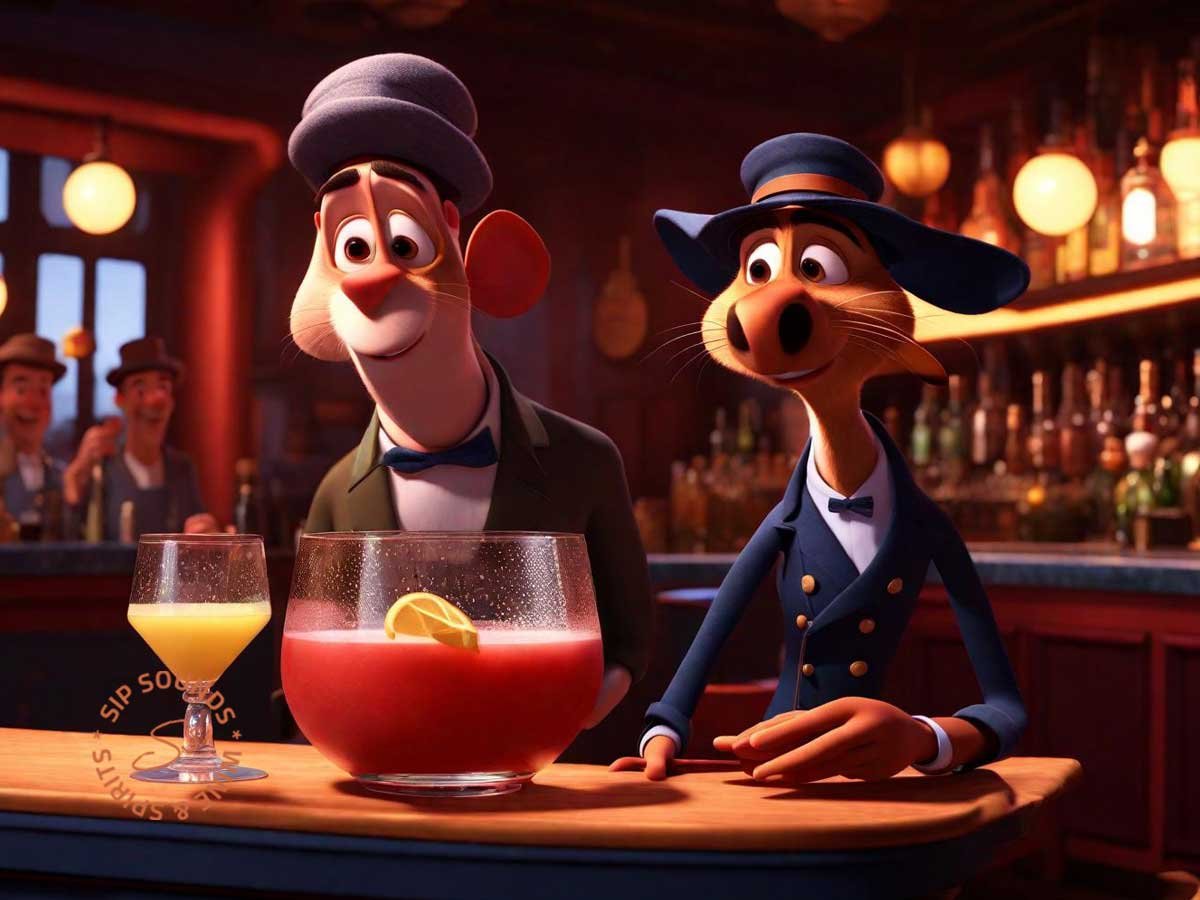
3.1 Elevating Aesthetics: Visual Appeal in Cocktail Garnishing
Garnishing is a powerful tool in mixology that allows you to elevate the aesthetics of a cocktail and create stunning visual presentations. The use of garnishes adds a layer of sophistication and charm to a drink, turning it into a work of art.
When it comes to garnishing, there are endless possibilities. Edible flowers, herbs, and fruits can add vibrant colors and fresh aromas to a cocktail. Unique garnishing techniques, such as creating intricate fruit peels or using edible dust, can also add a touch of whimsy and creativity.
It is important to strike a balance between aesthetics and functionality. While a visually striking garnish can enhance the overall experience, it should also be practical and complement the flavors of the cocktail. Aromatic garnishes, like citrus twists, can add an extra layer of complexity to the drink by releasing their essential oils.
Experimenting with different garnishes and finding ones that not only look beautiful but also enhance the flavors of your cocktails will elevate your mixology game to a whole new level.
3.2 Embracing the Power of Glassware and Presentation Props
The choice of glassware is an often overlooked aspect of mixology, yet it has a profound impact on the perception and presentation of a cocktail. Different glass shapes and sizes can enhance the aroma and taste of a drink, as well as create an immersive and engaging visual experience.
For example, a classic martini glass not only adds elegance to a cocktail but also showcases the clarity and color of the drink. Tall and narrow glasses are perfect for layered cocktails, while wide and sturdy glasses are ideal for drinks served on the rocks.
In addition to glassware, presentation props can also play a role in creating immersive experiences. From smoke-filled cloches to elaborate garnish platters, the use of props can transport guests to a different time or place, adding an element of surprise and excitement to the cocktail experience.
Experimenting with different glassware and presentation props allows you to create unique and memorable drinking experiences that go beyond taste alone.
3.3 The Role of Senses: Engaging Taste, Aroma, and Touch
Engaging multiple senses is an important aspect of the art of mixology. By considering taste, aroma, and touch, you can create a truly immersive and memorable cocktail experience.
One powerful sense to engage is taste, which is closely intertwined with our sense of smell. Aroma plays a critical role in our perception of flavor, and mixologists can harness its power by incorporating aromatic elements into cocktail recipes. From spritzing essential oils on the surface of a drink to incorporating smoke or dried herbs, aroma can add depth and complexity to a cocktail, enhancing the overall taste experience.
Furthermore, the tactile experience of a cocktail can also be enhanced through the choice of ice, textures, and vessel design. Different ice shapes and sizes can affect the dilution and chilling of a cocktail, while textures can add another layer of sensory stimulation. Choosing vessels with unique textures or designs can also elevate the tactile experience, creating a more engaging drinking experience.
By considering taste, aroma, and touch, mixologists can craft cocktails that not only taste delicious but also provide a multisensory experience that lingers long after the last sip.
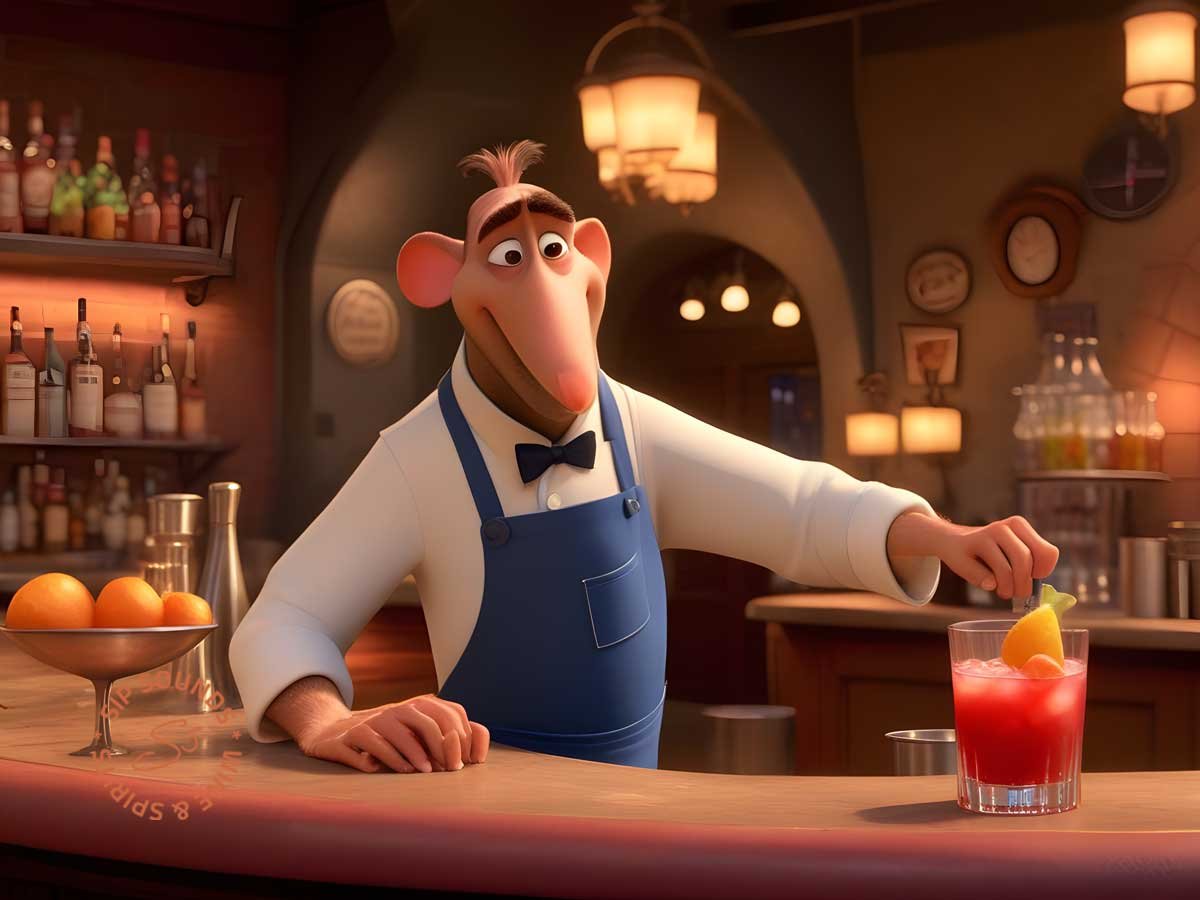
In conclusion, mastering the art of mixology is a journey that requires a deep understanding of its history, essential tools and ingredients, fundamental techniques, and the ability to unleash creativity. By exploring the evolution of mixology, understanding flavor pairing and emerging trends, and embracing the art of presentation, you can become a true cocktail craftsman. Cheers to the pursuit of perfecting cocktail craftsmanship in 2024 and beyond!





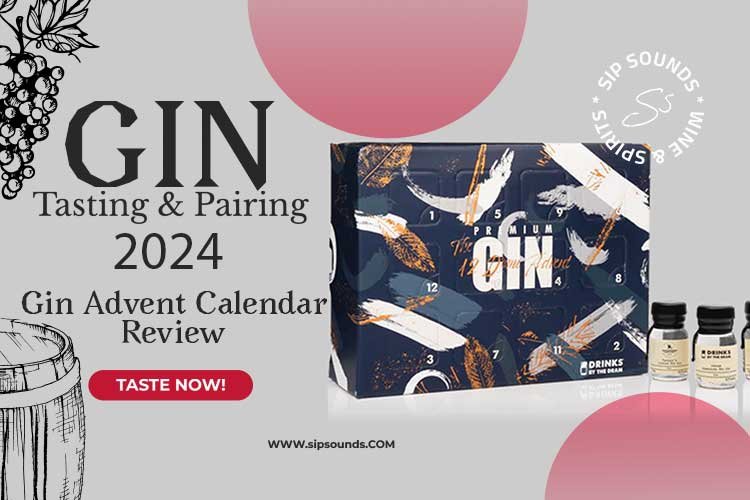

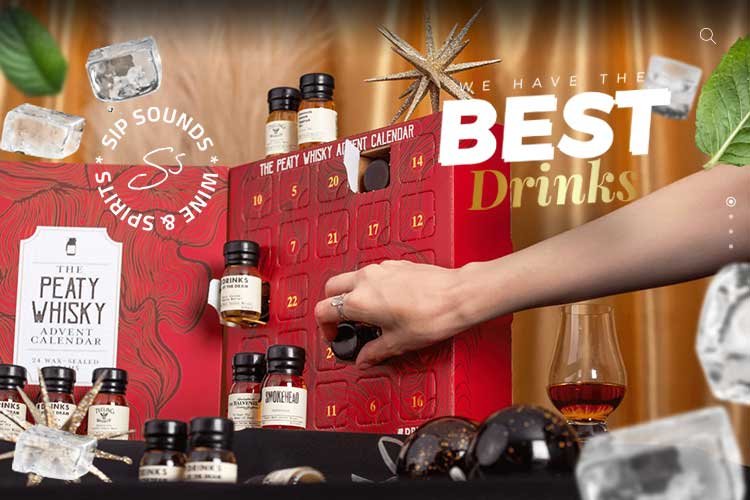



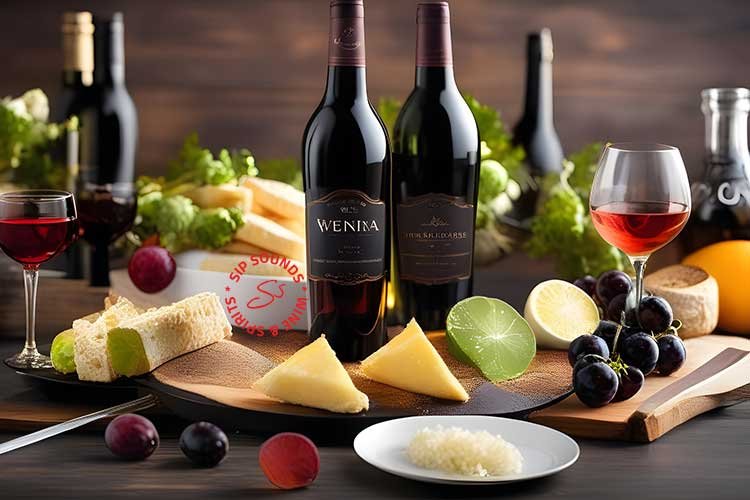
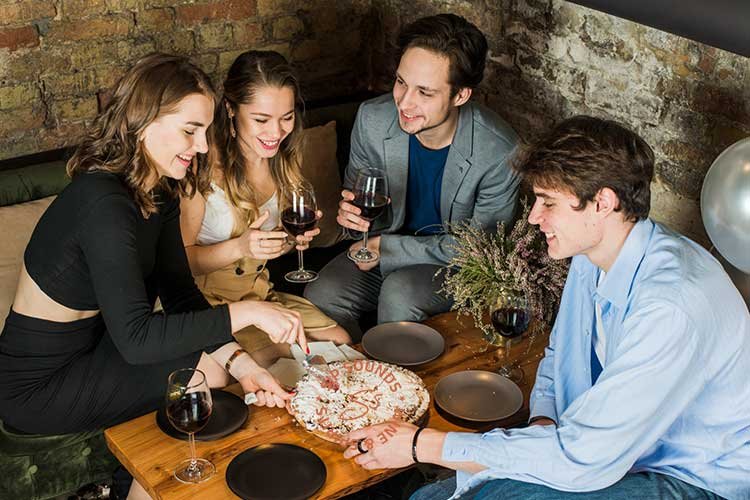
Add comment